
Best Stylish Boots for Women with Plantar Fasciitis
It’s time to trade in your worn-out sneakers for a pair of warm boots when sweater weather approaches.
But fashionable boots tend to make your plantar fasciitis worse, and shoes designed to help tend to look ugly.
The boots below are chosen because they offer the support and protection someone with your condition needs.
Here are our top picks (fresh update for 10th November 2025):
Best Chelsea Boots
Winner: Alice Black Leather Chelsea Boots
Pros:
- 4cm (1.5 inch) heel
- Cushioned and arch supported insole
- Hidden stretch panel
- Kid leather lining
- Cow's leather upper
- Non-slip sole
- Pointed toe
- Handmade in Portugal by master shoemakers
- Available in Black, Tan, and Cream
Best Smart Leather Boots
Winner: Maisie - Black Suede Boots
Pros:
- 4cm (1.5 inch) heel
- Cushioned and arch supported insole
- Hidden stretch panel at the big toe joint (for bunions)
- Lamb’s leather lining
- Soft black suede upper
- True to size and fits up to EEE width feet
- Handmade in Portugal by master shoemakers
- Elegant wraparound design for a modern, feminine look
- Available in Black Suede
Best Knee-High Leather Boots
Winner: Bonnie - Black Suede Boots
Pros:
- 4cm (1.5 inch) heel
- Cushioned and arch supported insole
- Stretch panel in the toe area (for bunions and wide feet)
- Soft stretch lining
- Kid leather lining
- Suede upper
- Pointed toe
- Fits up to EEE width feet
- Handmade in Portugal by master shoemakers
- Available in Black and Tan
Best Winter Boots
Winner: Abbie Winter Boots
Pros:
- 4cm platform sole
- Cushioned and arch supported insole
- Hidden stretch panel
- Faux fur leather lining
- Cow's leather upper
- Non-slip sole
- Handmade in Portugal by master shoemakers
- Available in Brown, Cream, and Black
Best Ankle Boots
Winner: Lexie - Mocha Suede Boots
Pros:
- 4cm (1.5 inch) heel
- Cushioned and arch supported insole
- Hidden stretch panel at the big toe joint (for bunions)
- Soft lamb’s leather lining
- Supple suede upper
- True to size fit
- Fits up to EEE width feet
- Handmade in Portugal by master shoemakers
- Available in Mocha, Navy, and Black
Best Heeled Suede Boots
Winner: Cleo Heeled Suede Boots
Pros:
- Luxurious knee-high suede boots.
- Designed for women suffering from plantar fasciitis
- Soft stretch lining.
- Cushioned and arch supported insole.
- Handmade.
- Available in brown or black suede.
Best Block-Heel Boots
Winner: Cleo - Navy Suede Boots
Pros:
- 5.5cm (2 inch) flared block heel
- Cushioned and arch supported insole
- Inside zip for easy wear
- Soft kid leather lining
- Cow’s leather upper
- Fits EEE width feet
- Lace-up detail for a stylish twist
- Handmade in Portugal by master shoemakers
- Available in Navy Suede
Best Fashion Boots
Winner: Zoe - Black Leather Boots
Pros:
- 6cm (2⅓ inch) heel
- Cushioned and arch supported insole
- Hidden stretch panel for bunion comfort
- Soft kid leather lining
- Cow’s leather upper
- Square toe design
- True to size fit
- Fits EE width feet
- Stylish buckle detailing
- Handmade in Portugal by master shoemakers
Understand What Your Feet Truly Need

Plantar fasciitis results from inflammation of the plantar fascia, a ligament stretching along the bottom of your foot. Improper shoes can aggravate this condition, leading to sharp heel pain or a dull ache that worsens throughout the day. Footwear designed with the following features can make all the difference:
-
Arch Support: Proper arch support distributes your body weight across your foot, reducing strain on the plantar fascia. Look for designs with contoured insoles or orthopaedic-grade features that cradle the arch, keeping it aligned and supported.
Expert tip: A slight lift in the arch - around 1-1.5 inches - can provide enough elevation to alleviate pressure without being a full heel. -
Cushioned Footbeds: Softness alone isn’t enough. Cushioning must balance softness with density to absorb shock while maintaining stability. Memory foam or gel inserts adapt to your foot’s unique shape, offering personalised relief.
-
Heel Counters: The back of the shoe, or the heel counter, plays a critical role in maintaining alignment. Rigid, well-padded heel counters prevent overpronation, which occurs when the foot rolls inward excessively.
-
Flexible Yet Stable Soles: Flexibility in the forefoot, combined with a firm midsole, allows natural movement while reducing strain on the plantar fascia. This balance minimises discomfort and promotes healthy walking patterns.
Pro insight: Test flexibility by bending the sole. It should flex slightly at the ball of the foot but remain firm through the mid-sole to prevent unnecessary stress.
To personalise your support, consider good footwear with removable insoles. These can be replaced with custom orthotics tailored to your foot’s exact needs.
For a broader selection of boots that combine style and supportive design, explore our range here.
Match Styles to Your Life and Wardrobe

Styling options are vast, but the challenge lies in selecting shoes that align with your daily activities and personal aesthetic. Think beyond appearance—consider functionality and how they suit your routine.
-
City Navigation: For urban commutes and on-the-go days, ankle-length styles with grippy rubber outsoles are essential. Brands offering weather-resistant leather or suede ensure your footwear remains pristine despite rain or snow. A moderate block heel combined with ankle-hugging elastic panels provides just the right amount of support and chic appeal.
-
Professional Environments: Low-heeled options with a clean silhouette work perfectly for office wear. A refined almond toe shape elongates the leg while offering enough room to avoid cramping. Try pairing polished leather with structured trousers for an effortlessly sophisticated look.
-
Evening and Social Gatherings: Heeled designs can remain comfortable if the heel is wide and stable. Styles with subtle detailing—like metallic zippers or understated patterns—add a fashionable edge while maintaining practicality.
Example: A client balancing long workdays and networking events opted for mid-calf leather footwear with a sturdy block heel. She found they transitioned seamlessly from day to night, blending polish and support in a way that matched her demanding schedule. By focusing on premium materials and thoughtful design, they quickly became a wardrobe staple.
For shoes engineered specifically for heel and arch pain, take a look at our complete range here.
Invest in Premium Materials for Longevity and Style

Opting for high-quality materials ensures comfort, durability, and an aesthetic that lasts. These choices age gracefully while maintaining their supportive features. When shopping, prioritise:
-
Genuine Leather: Naturally breathable and durable, genuine leather is ideal for plantar-fasciitis-friendly footwear. Over time, it softens and conforms to your foot’s shape, enhancing comfort.
-
Weather-Resistant Finishes: Treatments like waterproof coatings or stain-resistant sprays keep suede and leather in top condition, shielding against moisture while retaining the material’s softness.
-
Soft Linings: Smooth interiors, made from materials like sheepskin or breathable synthetic blends, prevent irritation and blisters. Pair these with cushioned insoles for an ideal inner layer.
-
Shock-Absorbing Midsoles: Rubber or EVA midsoles minimise heel impact and protect your feet from repetitive strain.
Insider insight: Check for double-stitched seams, a hallmark of superior craftsmanship that improves both durability and structure.
Achieve a Perfect Fit Without Compromising Comfort

Even the most carefully designed shoe won’t help if it doesn’t fit correctly. Poor fit can exacerbate plantar fasciitis by increasing pressure or causing instability. Here’s how to ensure a flawless fit:
-
Consider Custom Sizing: If your feet fall between standard sizes or have unique dimensions, look for brands offering wide or narrow widths. Features like stretch panels and adjustable buckles allow additional customisation.
-
Check the Toe Box: A rounded or almond-shaped toe box provides enough room for your toes to move freely. Avoid pointed designs that force your foot into unnatural positions.
-
Shop at the Right Time: Feet naturally swell throughout the day. Shopping in the afternoon ensures your footwear accommodates this variation. Wear socks similar to those you’ll use with the shoes for a realistic fit.
-
Avoid Break-In Periods: High-quality shoes should feel comfortable from the start. Prolonged "breaking-in" is often a sign that the design is unsuitable.
Test and Evaluate Before You Buy
A quick fitting session may not be enough to identify the best choice. Use these techniques to determine whether your footwear offers adequate support:
- Walk and Pivot: Mimic daily activities like walking, standing, and turning to identify potential discomfort or instability.
- Press Test: Push down on the arch area inside the shoe. A well-made pair should resist flattening, indicating strong arch support.
- Heel Stability: Stand on your toes briefly. Supportive designs will keep your heel secure without slipping or wobbling.
Some stores offer trial periods or return guarantees, allowing you to test footwear in real-world scenarios.
Prevention
This is how you can prevent heel pain:
- Wear shoes when walking on hard surfaces
- Invest in quality footwear – wear shoes that cushion and support your foot. They should ideally feature a small heel to help relieve pressure on the heel and arches
- Replace sports shoes on a regular basis – especially if you engage in activities like running that put additional strain on your feet
- Keep a healthy weight because being overweight can strain the heel and cause pain
- Pay attention to your body; if exercising causes heel pain, take a break until your foot feels better before continuing the same exercise program. Ensure you stretch after exercising as well.
Want to read more about shoes that help with heel pain and plantar fasciitis? Check out the blog where we share our experience here - and for a full guide on the best choices available, see our in-depth review here.
And if you’re looking for options specifically designed with extra width and comfort in mind, explore our wide-fit boots collection here.












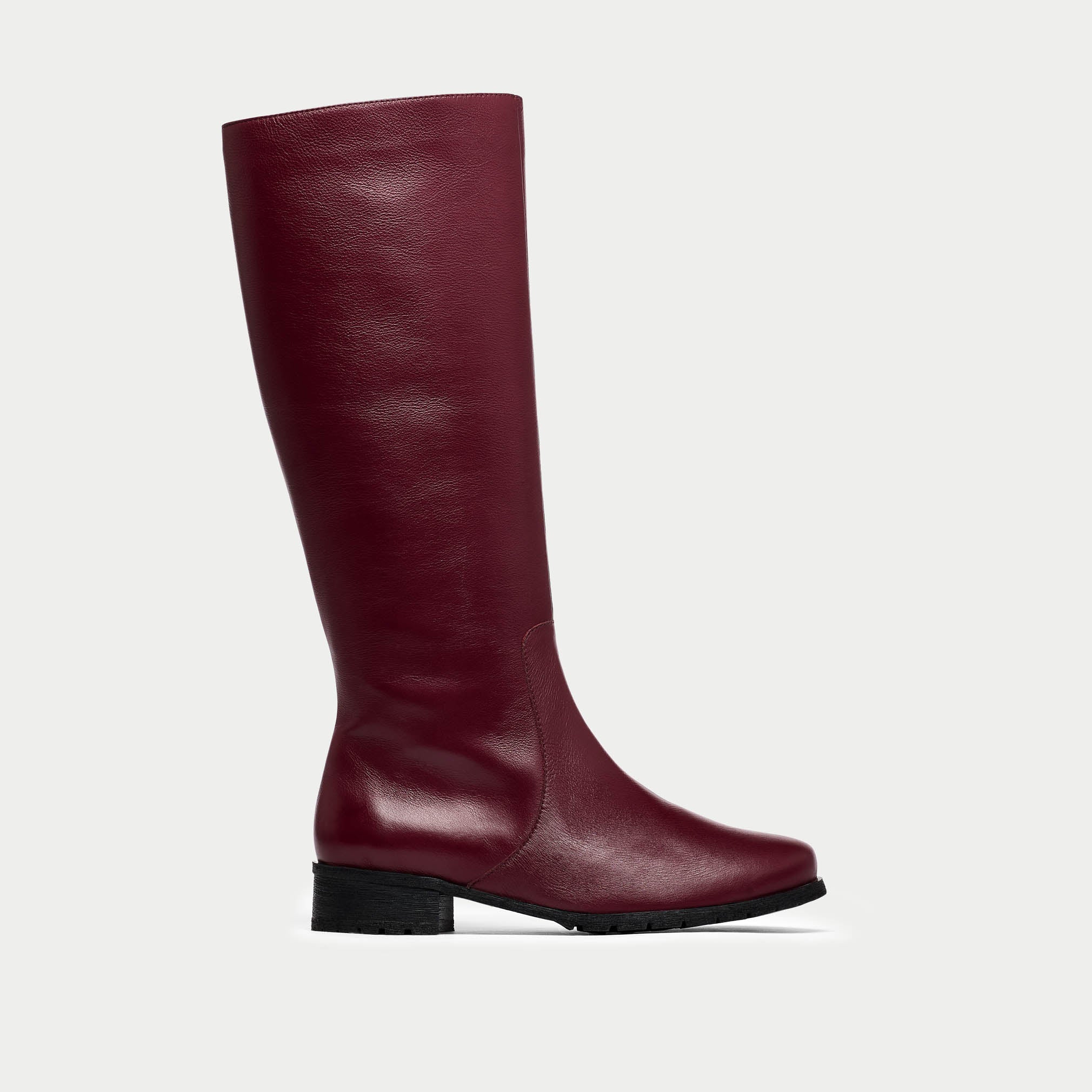
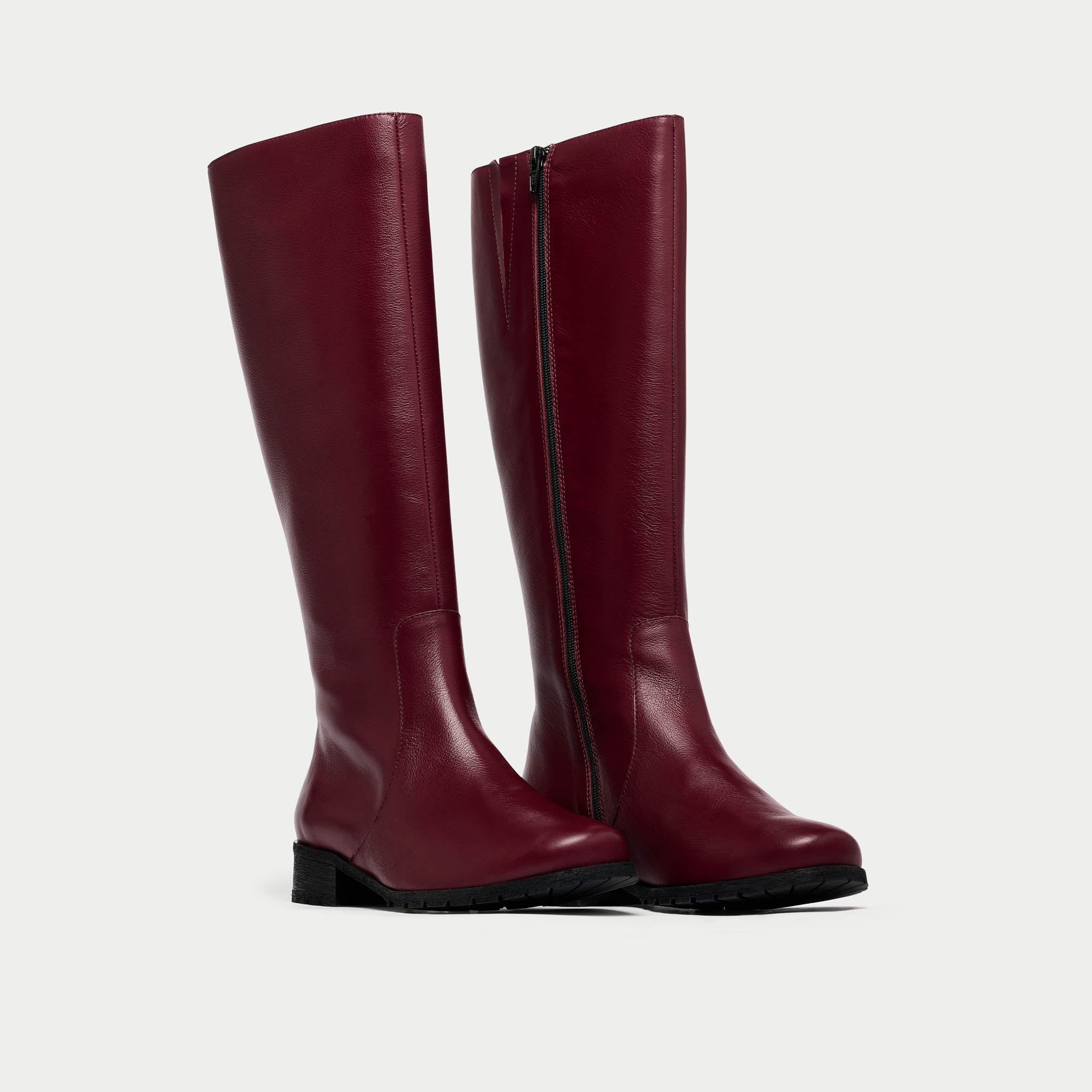


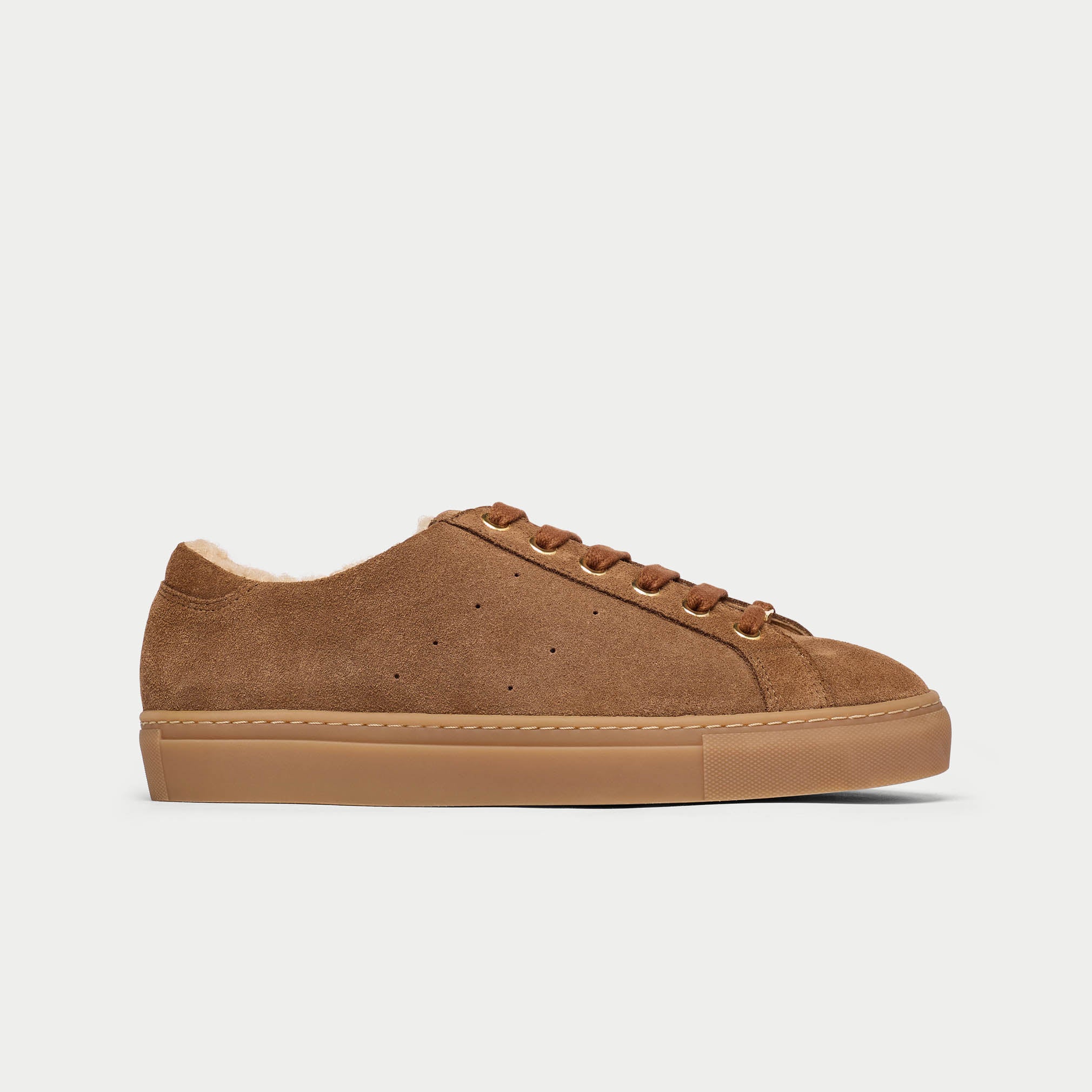
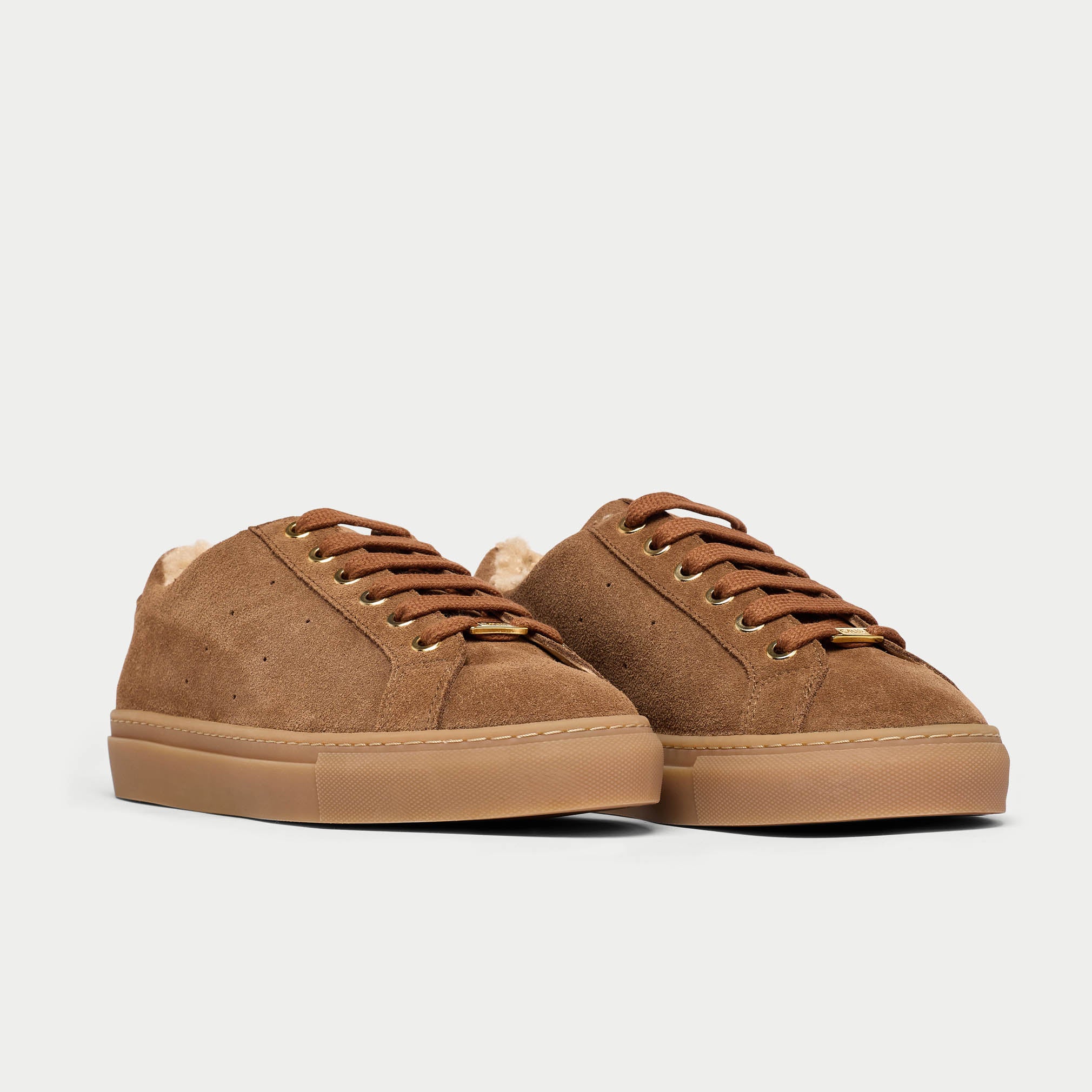
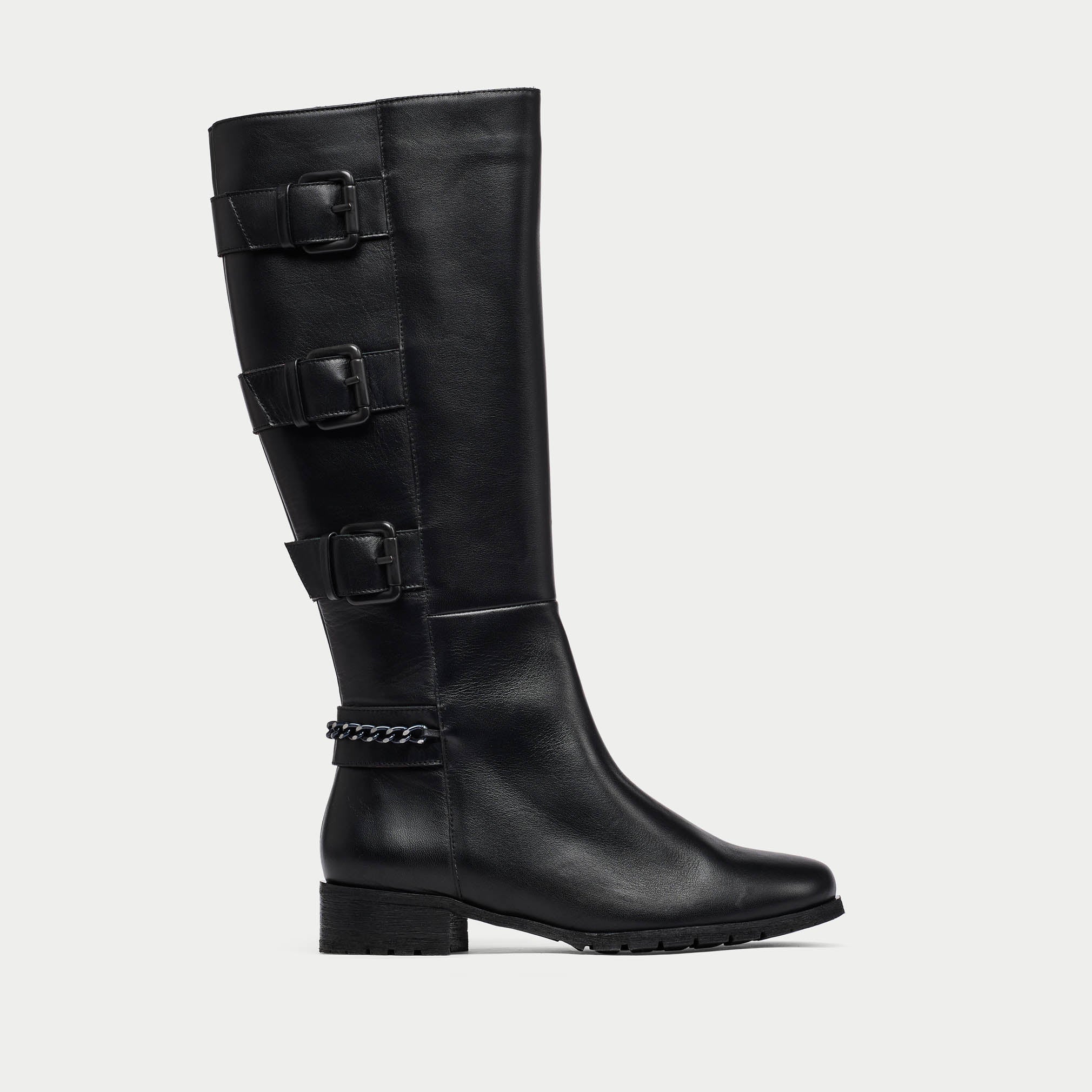


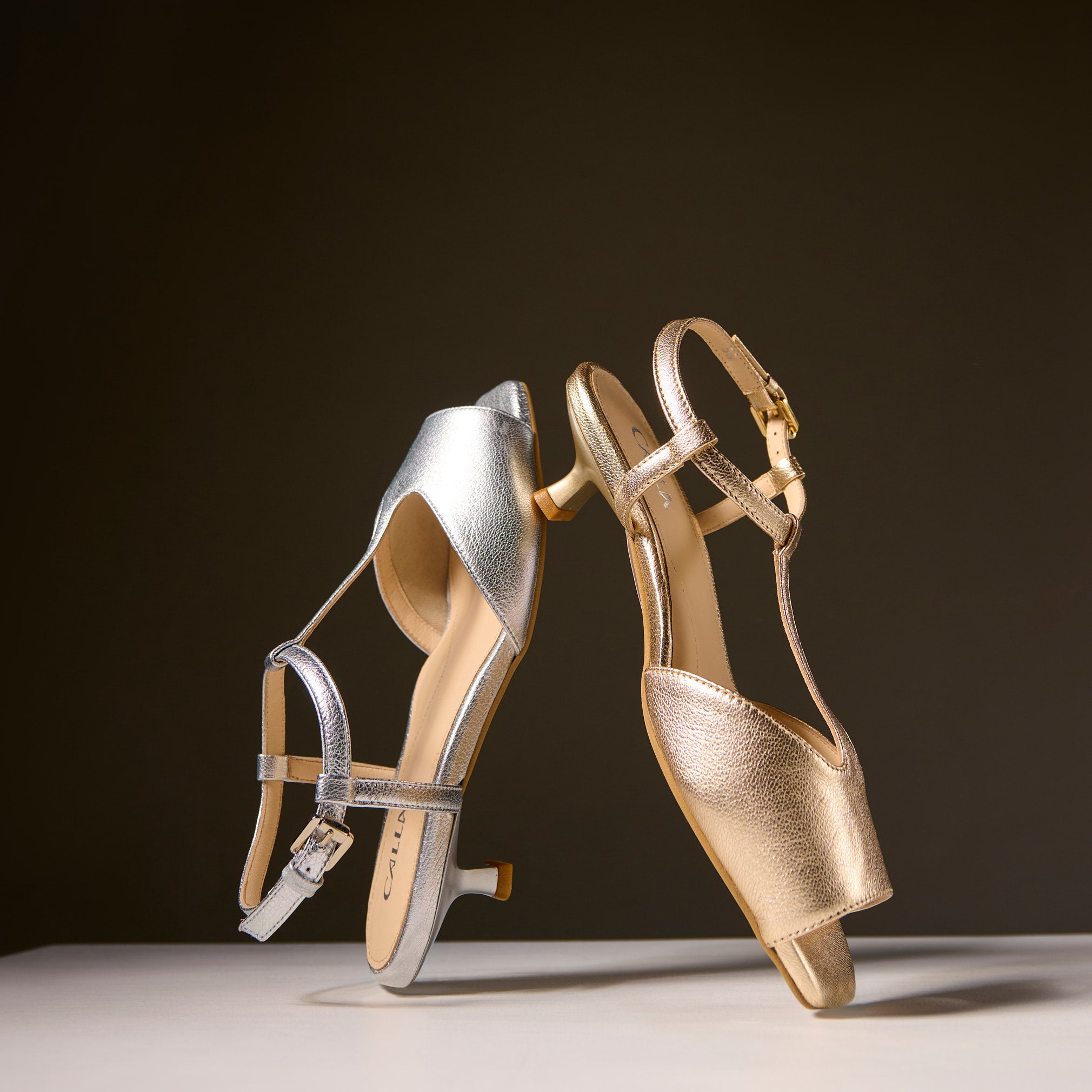


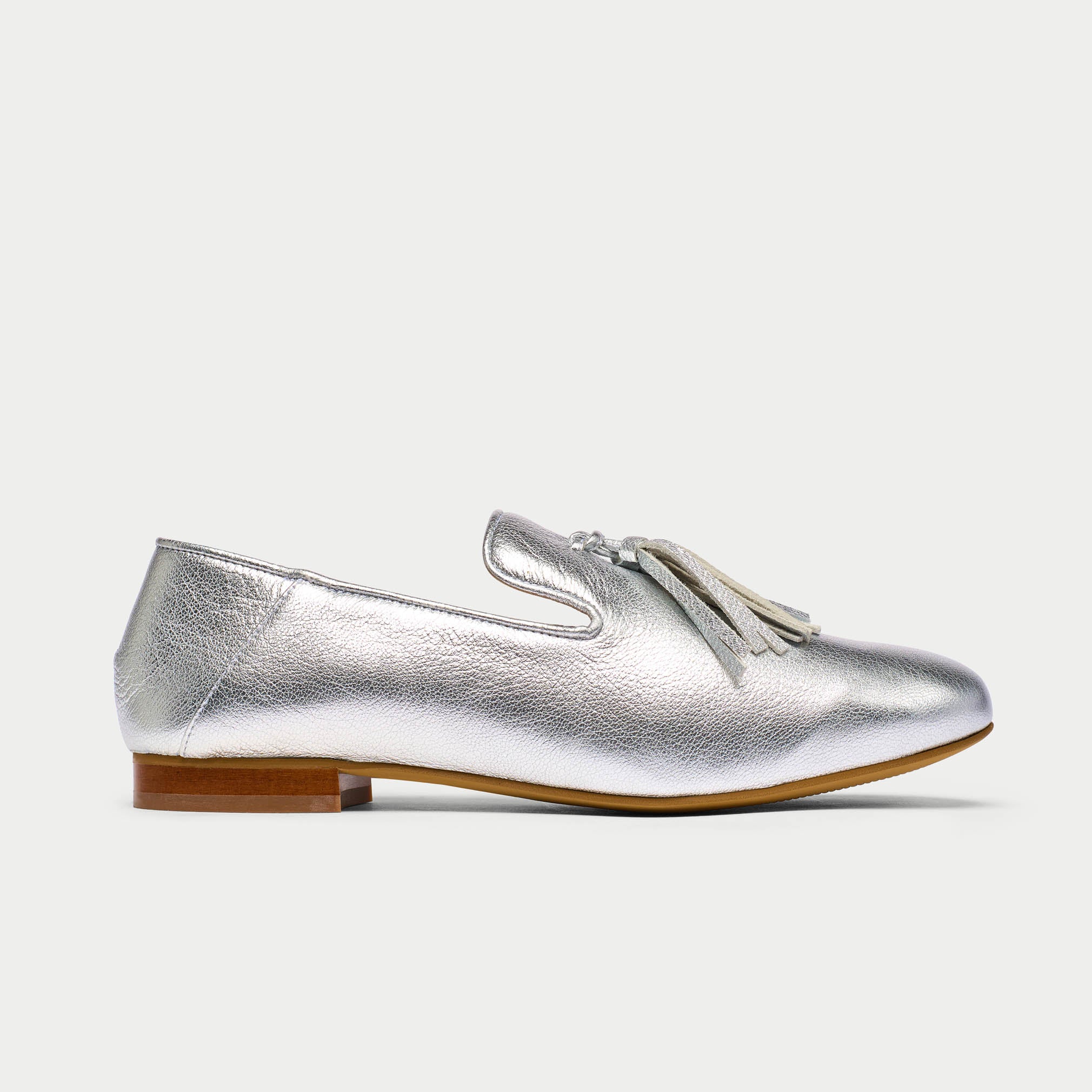
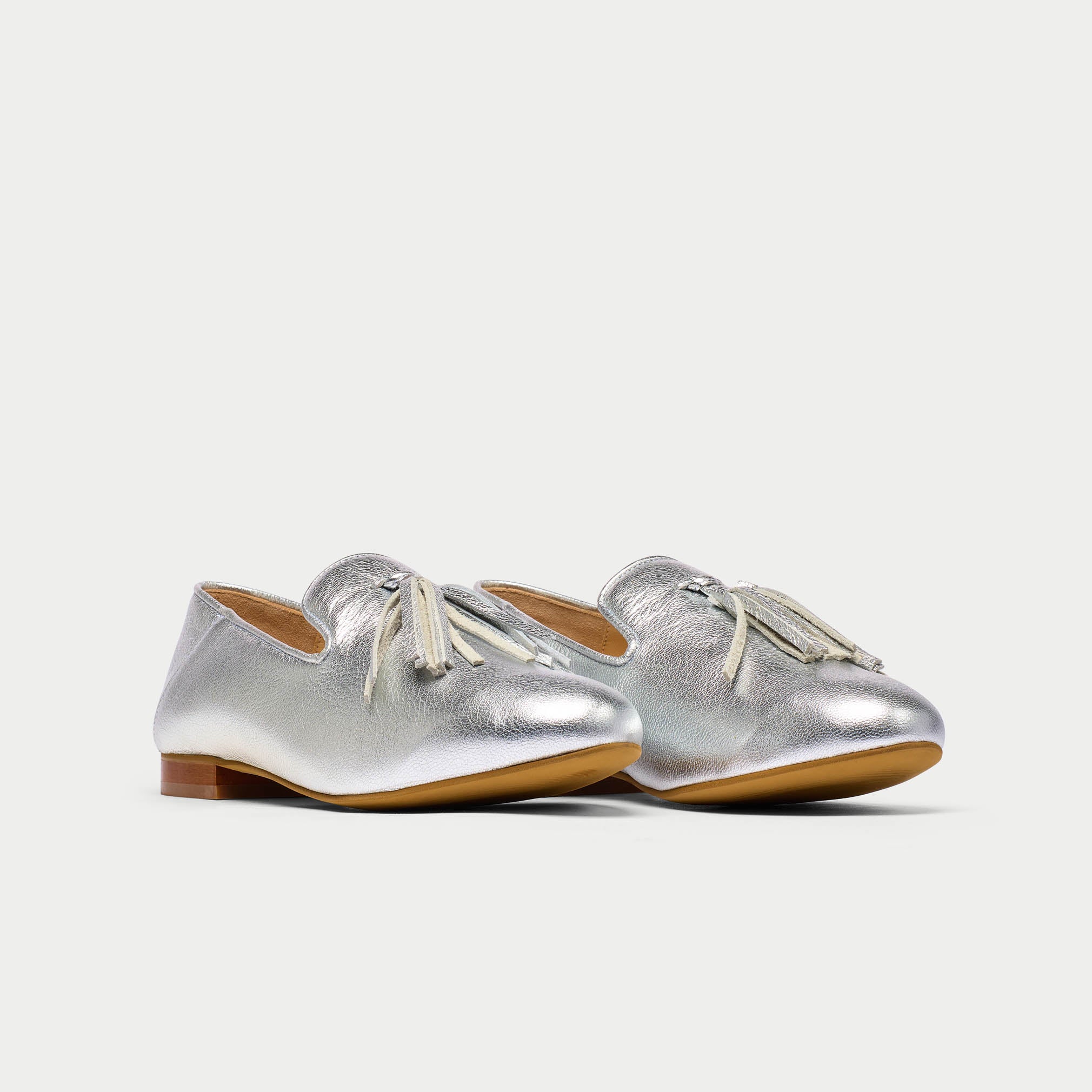
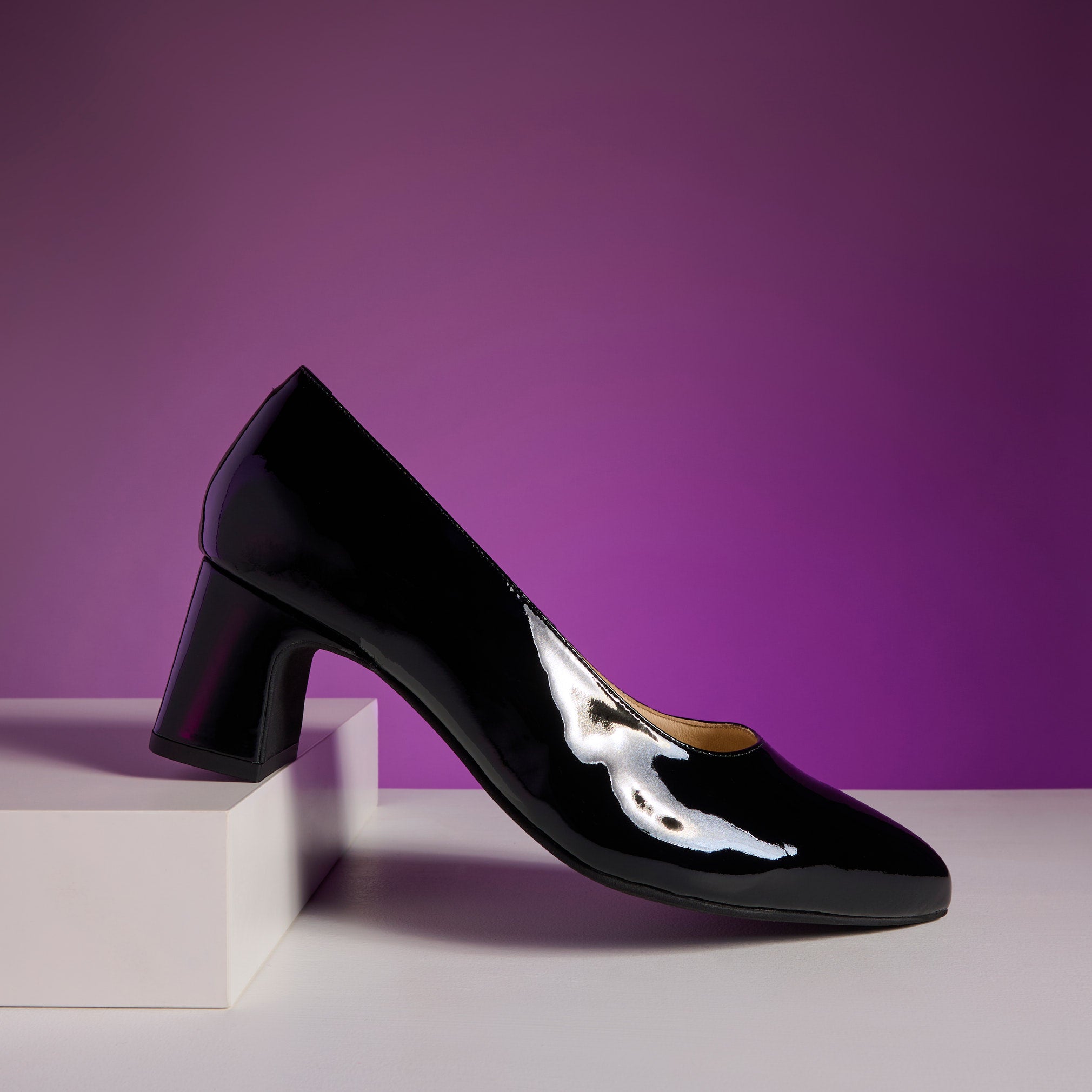

Leave a comment
This site is protected by hCaptcha and the hCaptcha Privacy Policy and Terms of Service apply.